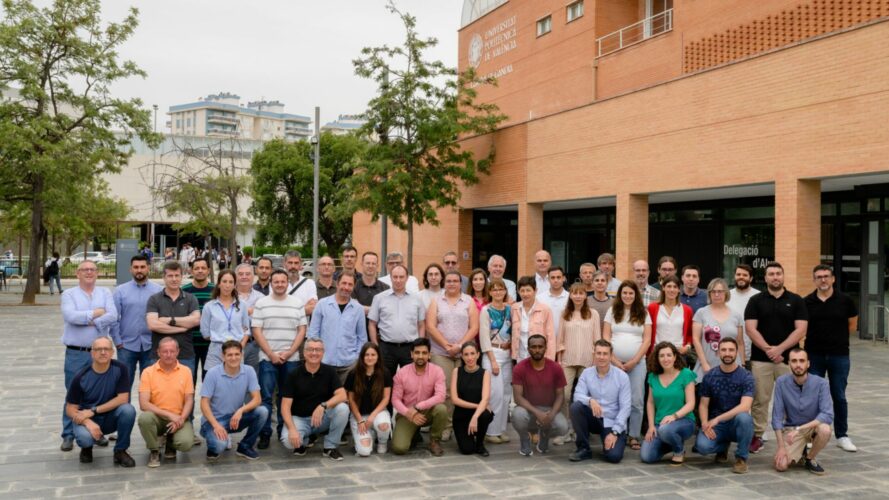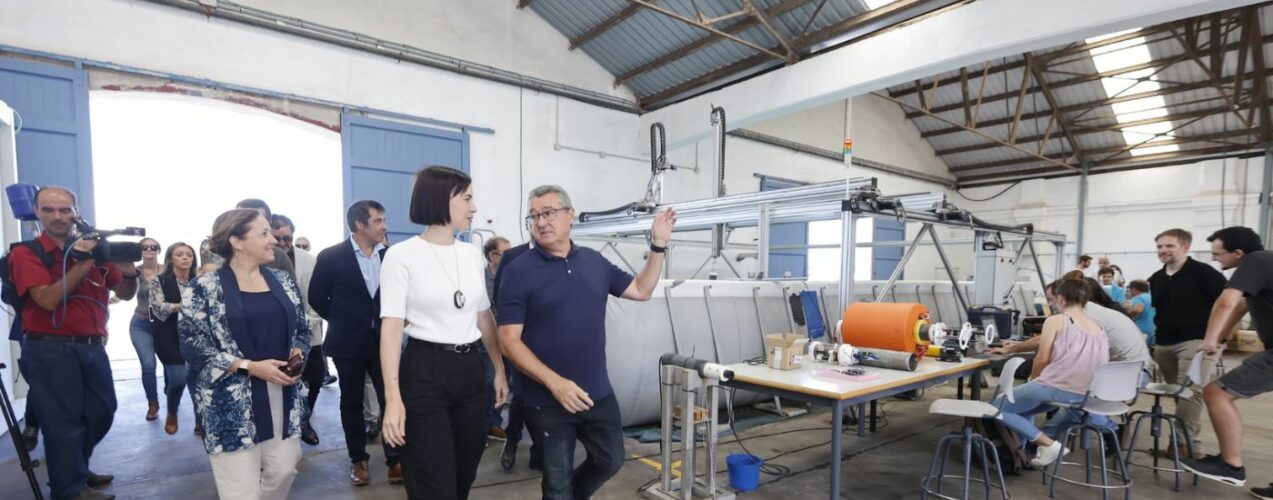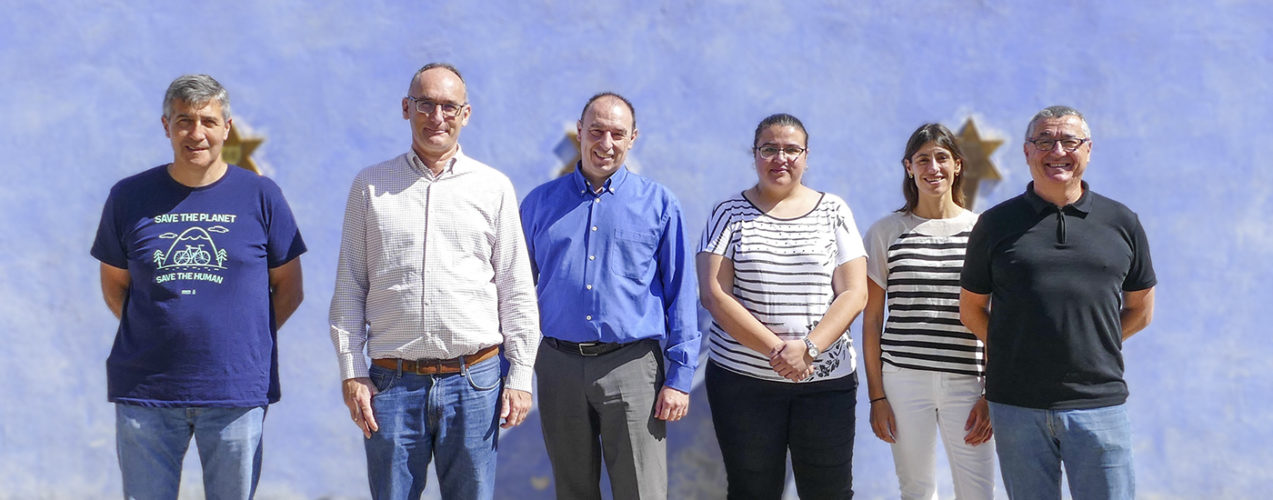Campus Gandia of the Universitat Politècnica de València (UPV) is excited to announce the launch of the newly redesigned and enhanced website for the Institute for Integrated Coastal Zone Management (IGIC) https://igic.webs.upv.es/en/. This new portal represents a major advancement in the commitment to sharing the research and innovations developed by the institute.
The IGIC has become a leading authority in the research, study and management of coastal zones, tackling critical challenges such as climate change, marine biodiversity conservation, and the sustainability of these vital ecosystems. Currently, the IGIC comprises 62 members organized into 11 research groups across three key areas: i) Environmental and biological resource studies and conservation, ii) Coastal zone knowledge, planning, and management, and iii) Analytical tools and technological monitoring for marine and coastal environments.![]()

Integrated management has become an essential approach for ensuring the sustainable development of coastal areas, which are complex both physically and socio-economically. As a result, the European Union has recognized coastal zones as particularly sensitive environments, vital for supporting populations, productive activities, rich biodiversity, and essential resources.
The new website boasts a modern design and user-friendly interface, offering easy access to key information on the institute’s research areas. The platform offers up-to-date information on current research projects, recent publications, and scientific collaborations. It also highlights engagement opportunities, resources supporting the institute’s scientific work, and details about its PhD program.
The Doctoral Programme in Marine and Coastal Science and Technology aims to train personnel with a vocation for research in the different scientific and technological aspects of the effective and sustainable management of marine and coastal areas. It includes lines of research to promote the advancement of new procedures, methodologies and techniques that allow for better management of the coastal and maritime environment, considering sociological, ecological and environmental aspects, as well as the efficiency in resource management.
Jaime Lloret, Director of IGIC, stated: “This new platform marks a significant advancement in our mission to promote the sustainable management of coastal areas. We believe this website will serve as a valuable resource for the scientific community, local authorities, and the general public.”

Joint Unit in Technology for Marine Studies
Recently, Diana Morant, Minister of Science, Innovation, and Universities, announced the establishment of a new center for the Spanish Institute of Oceanography (IEO-CSIC) in Gandia. This new center will build on the extensive track record of the Joint Technology Unit for Marine Studies, a collaboration between the Spanish Institute of Oceanography and IGIC at Campus Gandia (UPV). This unit, which has been operational for 13 years, is the oldest IEO-CSIC unit in Spain.

The Oceanographic Center of Valencia (COVA), set to be located in the port of Gandia, will focus on the multidisciplinary study of marine environments, ecosystems, and living resources. Additionally, it will drive technological development to support various research initiatives across the country’s oceanographic centers.. The new center is anticipated to employ approximately 50 staff members, including researchers, technical experts, administrative personnel, and more.
The Valencian Community will gain an oceanographic center dedicated to addressing the needs of regional authorities regarding the marine environment, thereby supporting and enhancing various environmental protection policies.
Research and innovation projects
Among the notable projects at IGIC is the INTEMARES initiative, which utilizes cutting-edge technologies to monitor the condition of marine protected areas within the Natura 2000 Network. “UPV is contributing by applying new satellite tags to track loggerhead turtles and other marine vertebrates, developing underwater vehicles, and creating networks of multi-sensory platforms. This includes incorporating acoustic monitoring techniques and characterizing the soundscape as an indicator of marine biodiversity,” explained Professor Víctor Espinosa, an expert in underwater acoustics at IGIC on Campus Gandia.
Among the notable projects at IGIC is the INTEMARES initiative, which utilizes cutting-edge technologies to monitor the condition of marine protected areas within the Natura 2000 Network. “UPV is contributing by applying new satellite tags to track loggerhead turtles and other marine vertebrates, developing underwater vehicles, and creating networks of multi-sensory platforms. This includes incorporating acoustic monitoring techniques and characterizing the soundscape as an indicator of marine biodiversity,” explained Professor Víctor Espinosa, an expert in underwater acoustics at IGIC on Campus Gandia.
SONORA is a project spearheaded by IGIC at Campus Gandia, examining “the impact of noise generated by two emerging sectors of the blue economy—intensive marine aquaculture and seabed exploitation—on the behavior and physiology of various fish species. The project aims to enhance our understanding to inform policy actions for a transition to a more sustainable blue economy.”
Through the ACTTHUN project, the IGIC research team, “explores acoustic and computer vision techniques for estimating bluefin tuna catches and populations, as well as examining the impact of anthropogenic noise on this species.” The development of these techniques “has allowed this experience to be exported to pilot projects funded by the Australian Government’s Department of Fisheries and the Norwegian Fisheries Foundation.”
Additionally, IGIC research staff at Campus Gandia are actively engaged in various ThinkInAzul projects. The proposals concentrate on the three core areas of the Recovery, Transformation, and Resilience Plan: marine and coastal environment observation and monitoring; sustainable, smart, and precision aquaculture; and the blue economy, including innovation and opportunities.


